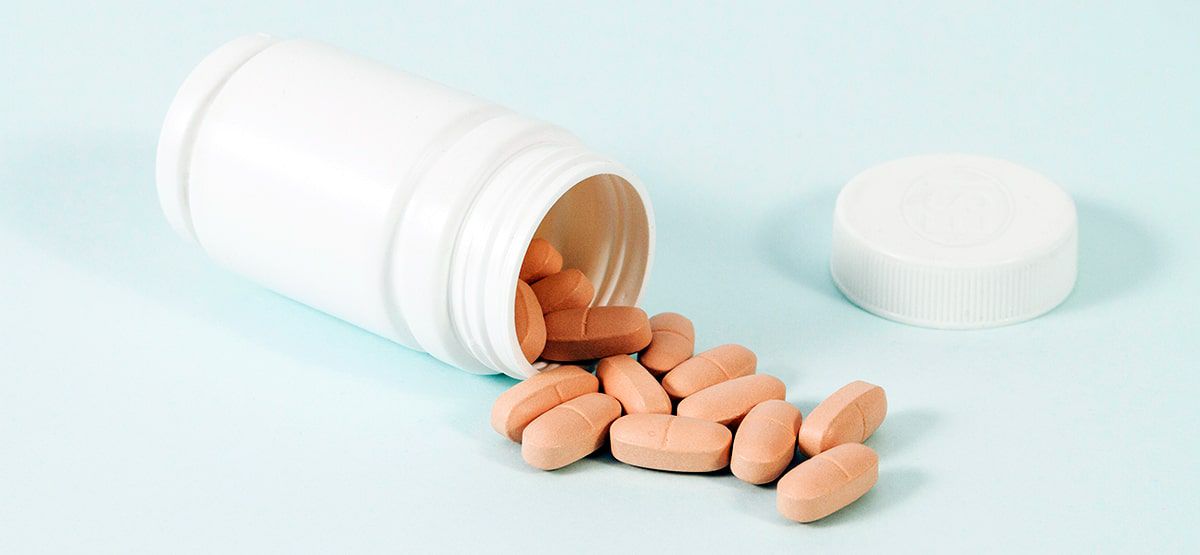
ICH: Guideline on Testing for Carcinogenicity of Pharmaceuticals, an Addendum
Over the course of drug development, it is important for sponsors to develop a scientifically robust strategy for carcinogenicity assessment that considers key biologic, pharmacologic, and toxicologic information. The integrative WoE assessment approach may support a conclusion that the test compound is either:
- Likely to be carcinogenic in humans such that the product would be labeled accordingly and any 2-year rat carcinogenicity studies would not add value;
- Likely not to be carcinogenic in humans such that a 2-year rat study would not add value (may also not be carcinogenic in rats, or may likely be carcinogenic in rats but through well recognized mechanisms known to be human irrelevant);
- Uncertain with respect to the carcinogenic potential for humans, and a 2-year rat carcinogenicity study is likely to add value to human risk assessment. In cases where the WoE assessment leads to a conclusion of uncertainty regarding human carcinogenicity potential, the approach described in S1B of conducting a 2-year rat carcinogenicity study together with a carcinogenicity assessment in mice (short term or 2-year study) remains the most appropriate strategy.
A WoE approach is based on a comprehensive assessment of the totality of data relevant to carcinogenic potential available from public sources and from conventional drug development studies. These factors include:
1) Data that inform carcinogenic potential based on drug target biology and the primary pharmacologic mechanism of the parent compound and active major human metabolites. This includes drug target distribution in rat and human; available information from genetically engineered models; human genetic association studies; cancer gene databases; and carcinogenicity information available on the drug class,
2) Results from secondary pharmacology screens for the parent compound and major metabolites that inform off-target potential, especially those that inform carcinogenic risk (e.g., binding to nuclear receptors),
3) Histopathology data from repeated-dose toxicity studies completed with the test agent, with particular emphasis on the long term rat study, including exposure margin assessments of parent drug and major metabolites,
4) Evidence for hormonal perturbation, including knowledge of drug target and compensatory endocrine response mechanisms; weight, gross and microscopic changes in endocrine and reproductive organs from repeated-dose toxicity studies; and results from reproductive toxicology studies,
5) Genetic toxicology study data using criteria from ICH S2(R1) Genotoxicity Testing and Data Interpretation for Pharmaceuticals Intended for Human Use; equivocal genotoxicity increases uncertainty with respect to the carcinogenic potential
6) Evidence of immune modulation in accordance with ICH S8 Immunotoxicity Studies for Human Pharmaceuticals; it is generally recognized that standard rat and mouse carcinogenicity studies are not reliable for identifying this specific human risk
An integrated analysis of the WoE factors described above determines whether or not a standard 2-year rat study would contribute to the human carcinogenic risk assessment. While all factors will contribute to the integrated analysis, the relative importance of each factor will vary depending on the specific molecule being considered. A summary of key outcomes and examples based on the experience accrued during the ICH S1 RND study (S1(R1) RND Proposed Change to Rodent Carcinogenicity Testing of Pharmaceuticals – Regulatory Notice Document), demonstrating how the WoE factors could be integrated in determining the need for a 2-year rat study. Experience from the ICH S1 RND study indicates that an established profile of other compound(s) in a drug class contributes substantially to assessing human carcinogenic risk associated with modulation of the pharmacologic target. Compounds with novel drug targets are nevertheless considered eligible for an integrative WoE-based approach. For such candidates, a higher evidentiary standard is expected to establish that there is no cause-for-concern about target biology. Appendix 1 provides an example where WoE assessment led to a conclusion that a 2-year rat study would not add value to human carcinogenic risk assessment for a drug inhibiting a novel target. When the WoE assessment concludes that conduct of a 2-year rat study is not warranted, the Sponsor should seek alignment with the Drug Regulatory Agency [DRA] of each region where marketing approval is sought. When a sponsor decides to conduct a 2-year rat study in accordance with ICH S1B, there is no obligation to seek concurrence nor to document their rationale with each DRA.
A carcinogenicity study in mice, either 2-year or a short-term transgenic model as specified in ICH S1B, remains a recommended component of a carcinogenicity assessment plan, even for those compounds where the integrated WoE assessment indicates a 2-year rat study would not contribute significant value. However, in some cases, for example, when the WoE evaluation strongly indicates no carcinogenic risk to humans and data indicate that only sub-therapeutic, pharmacologically inactive drug exposures can be achieved in the mouse, it may not be appropriate to conduct any mouse carcinogenicity study.
In practice, a plasma exposure (AUC) ratio for high dose selection in the absence of dose limiting toxicity or appropriate use of other dose setting criteria as outlined in ICH S1C(R2) in this model, has not been globally accepted as an endpoint. Therefore, available data from experience with 50 compounds evaluated in the rasH2-Tg mouse model were analyzed and the conclusion reached that there was no value in exceeding a 50-fold plasma AUC exposure ratio to support carcinogenicity assessment. Therefore, all criteria for selection of the high dose for carcinogenicity studies as specified in S1C(R2) for 2-year rodent studies are applicable to rasH2-Tg, including an AUC plasma exposure ratio, except that the exposure ratio will be 50-fold in rasH2-Tg rather than 25-fold as for 2-year studies conducted in wild type rodents. All other aspects of S1C(R2) remain applicable to rasH2-Tg.
Categories
- Biopharma (46)
- Consumer Health (14)
- Cosmetics (8)
- Diagnostics (5)
- Digital Health (8)
- Food (2)
- Medical Device (99)
- OTC (3)
- Regulatory Intelligence (4)
- Standards (40)





